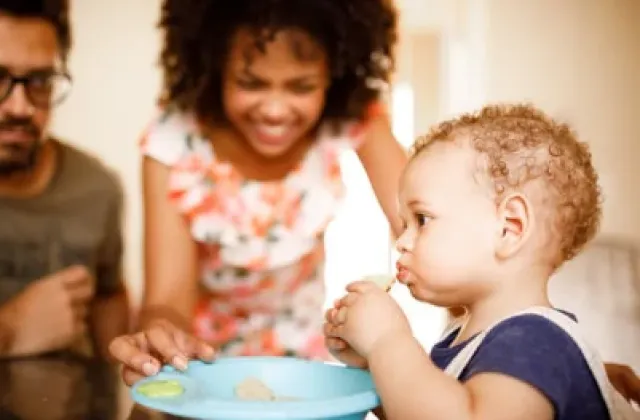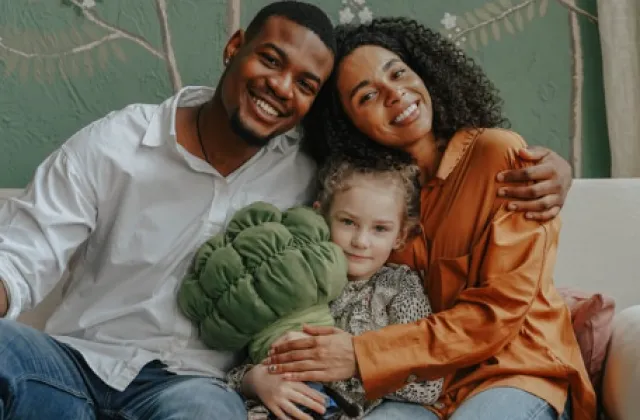Child Foster Care
Child foster care families play a crucial role in providing stability, support, and love to children who have experienced trauma or adversity. By opening their hearts and homes, these families offer a safe haven where children can heal, grow, and thrive.
Learn more about foster care by viewing the various resources below.
Regular foster care
This is what most people think of when someone says foster care. These are foster families that providing temporary care for children while actively supporting reunification with their parents. Foster families care for children from one day to several months.
Concurrent planning/resource families
These are foster families that provide care for children while actively supporting reunification with their parents. At the same time, these families are willing to commit to the possibility of adoption, if reunification can't take place.
Emergency shelter care
Foster parents are needed in emergency situations. Families must be willing to care for all children ages 0-18. Placements typically last from 1-8 days. What makes this program unique from the other programs, is that our foster families are on call for one week at a time and can receive a monthly stipend for just being on call.
Respite/Relief Care
These foster families care for children for specific short periods of time. The purpose of respite care is to provide the children's parents or caregivers a brief break in their care responsibilities.
Crisis Nursery
The program provides temporary, short-term care for children in Olmsted County while families address a crisis situation.
A few things for you to consider before applying for any of the above programs:
- Must be an Olmsted County resident.
- Must be at least 21 years of age at the time of application, there is no upper limit.
- A request for licensure cannot be denied based on marital status.
- You may work outside the home.
- All household members who are 18 years of age and older must sign a statement, indicating they have been free of chemical use problems for the past two years.
- All household members who are 13 years of age or older must complete a criminal and social services background check.



